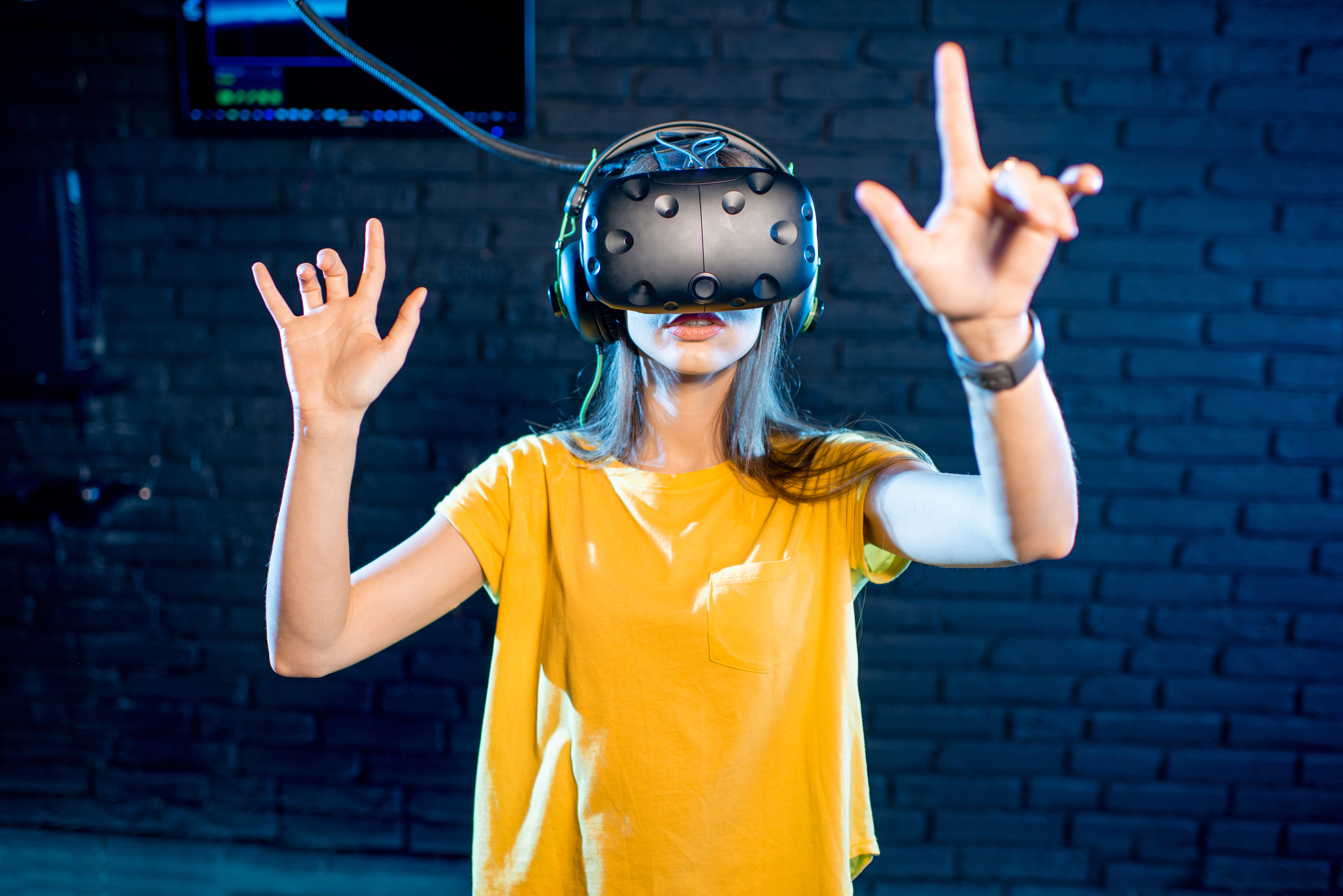
Methods to implement three-dimensional (3D) sensing depth cameras
Unmet Need
Real-time high-resolution three-dimensional (3D) imaging is highly desirable in a wide range of fields including biomedical imaging, robotics, virtual/augmented reality, 3D printing, and autonomous vehicles. To accomplish 3D imaging, sensing depth cameras have been developed which use a time-frequency multiplexed frequency-modulated continuous wave (FMCW) light detection and ranging (LiDAR) technique. However, a main challenge that remains for existing systems is increasing the imaging range to the meter scale without sacrificing depth resolution or drastically increasing receiver bandwidth/acquisition time. There is a need for new sensing depth cameras with sufficient bandwidth, scanning speed, and reliability to accomplish highly precise and accurate 3D imaging.
Technology
Duke inventors have developed a technique for high-speed high-precision 3D imaging. This is intended to be used in a wide range of applications, such as biomedical imaging, robotics, virtual/augmented reality, 3D printing, and autonomous vehicles. Specifically, the inventors developed two different implementations of a novel depth camera technology. The first implementation applies a compressed sampling approach using an optimized window size and zero-padding to achieve high axial localization accuracy and precision. The second approach uses a time-frequency multiplexed depth camera design which features a broadband swept source with narrow instantaneous linewidth and a diffraction grating to achieve spectrally encoded fast axis scanning. These techniques have been demonstrated for 3D imaging of static samples, including mirrors and metals, and for video-rate imaging of a moving human hand.
Advantages
- System can perform video-rate high-precision 3D imaging with an imaging range of 32 cm
- FMCW LiDAR can potentially provide higher sensitivity and depth precision compared to other time-of-flight LiDAR methods
- Utilizes a diffraction grating to perform spectrally encoded scanning on the fast axis, rather than a mechanical scanner which is common in conventional optical coherence tomography (OCT)
- Large data-throughput of 475 × 500 depth measurements at a frame rate of 33.2 Hz for faster imaging